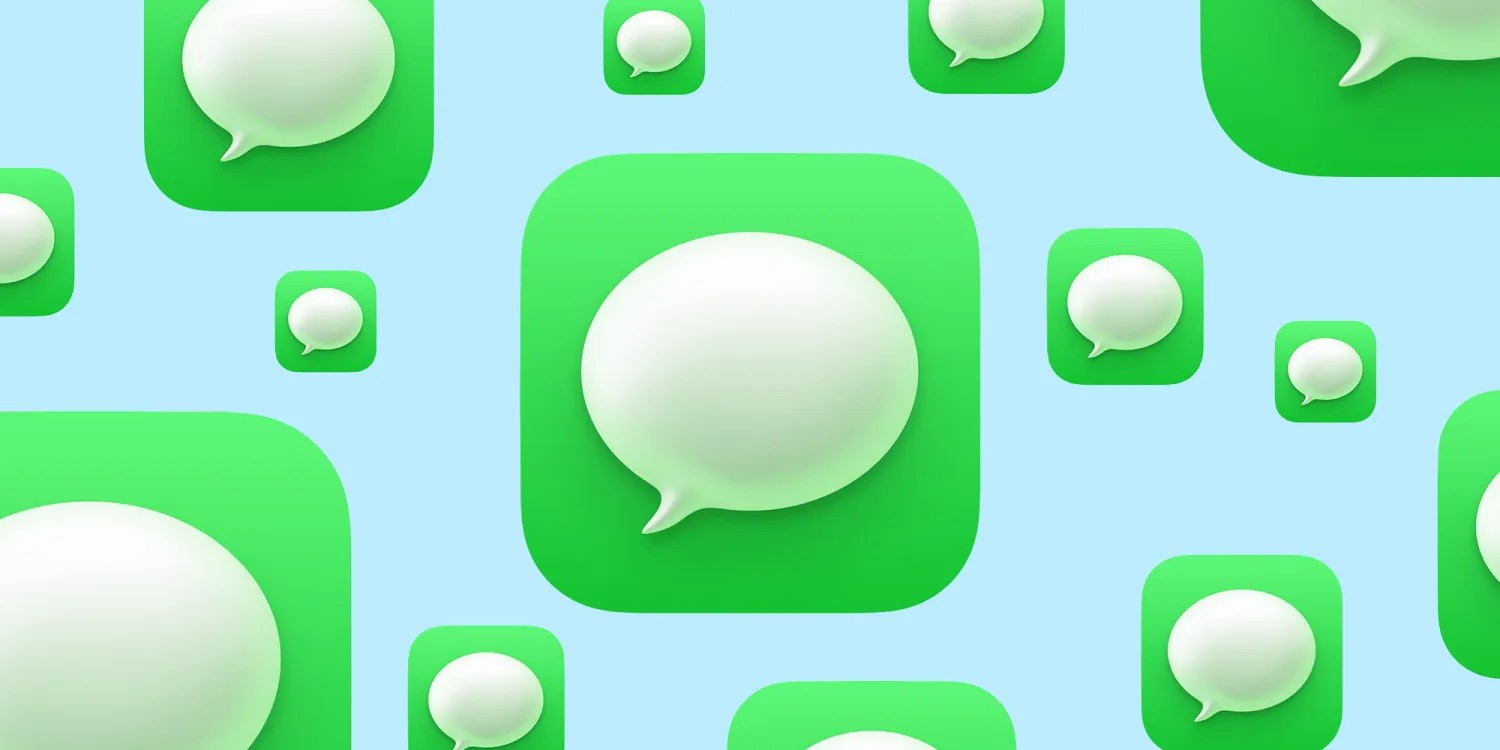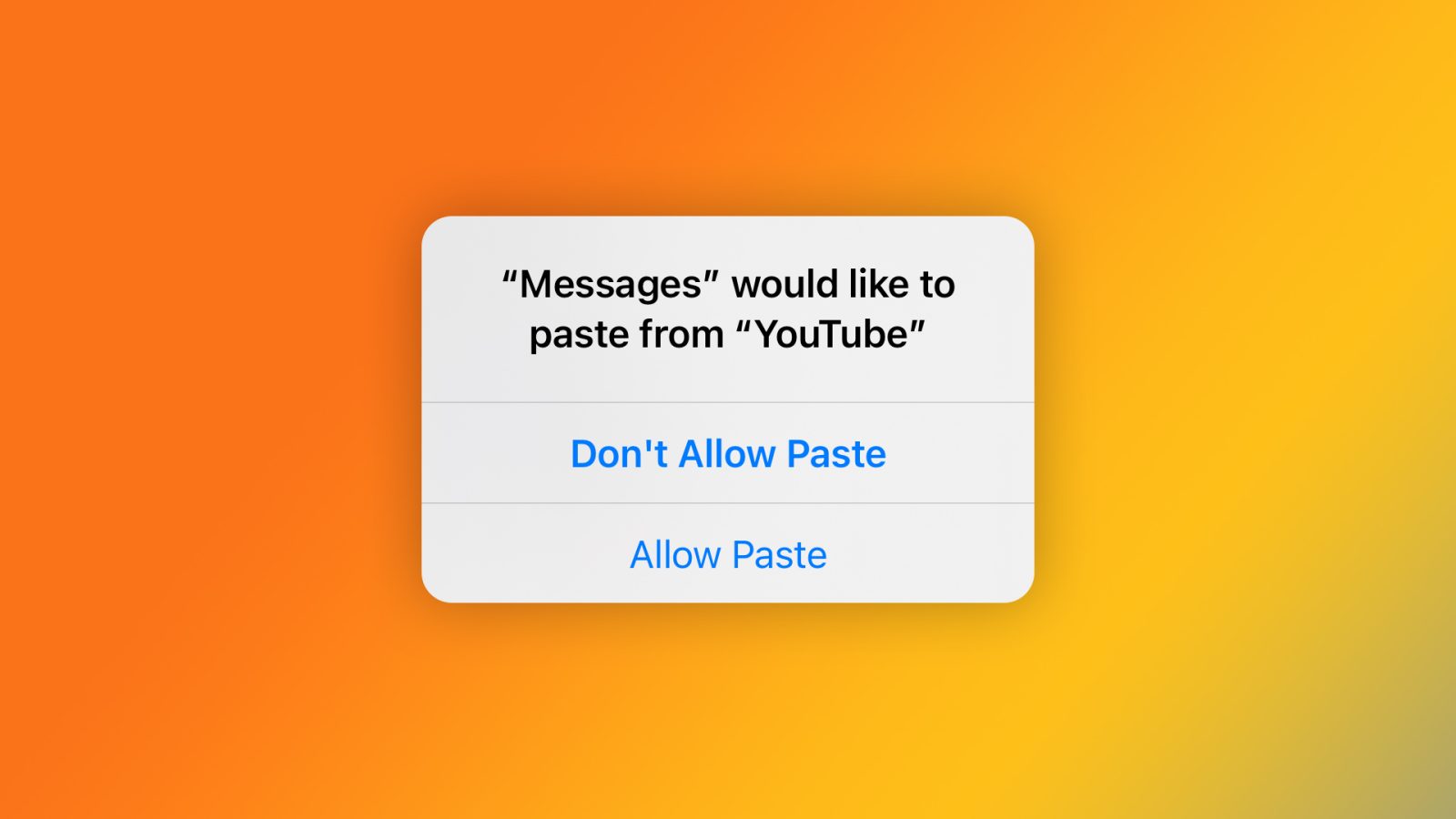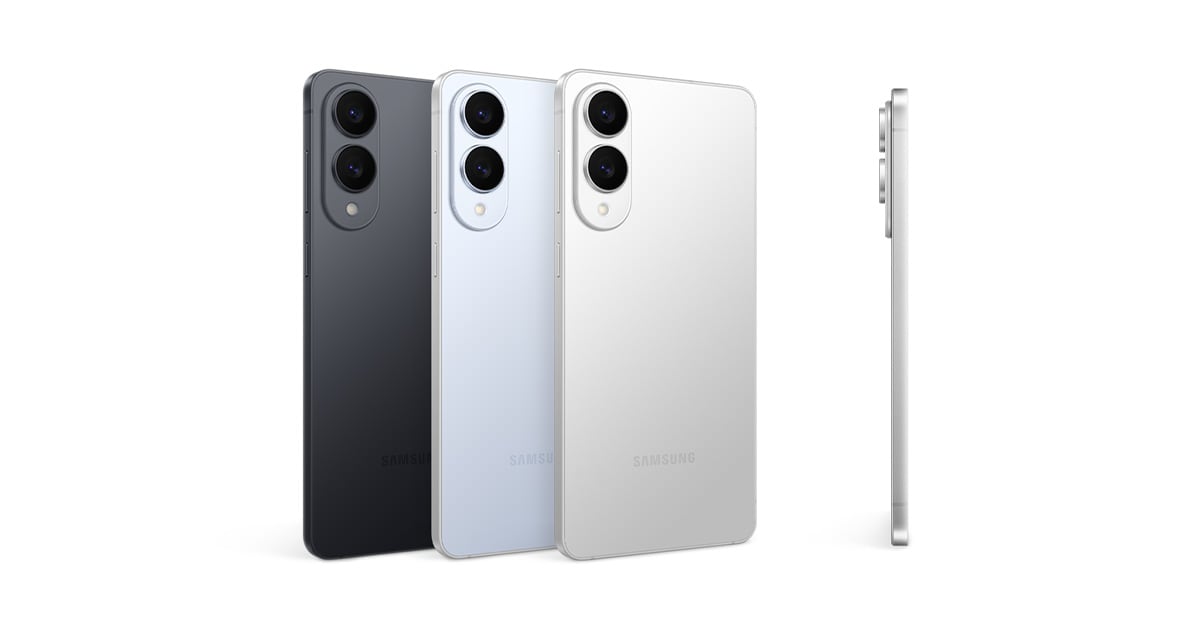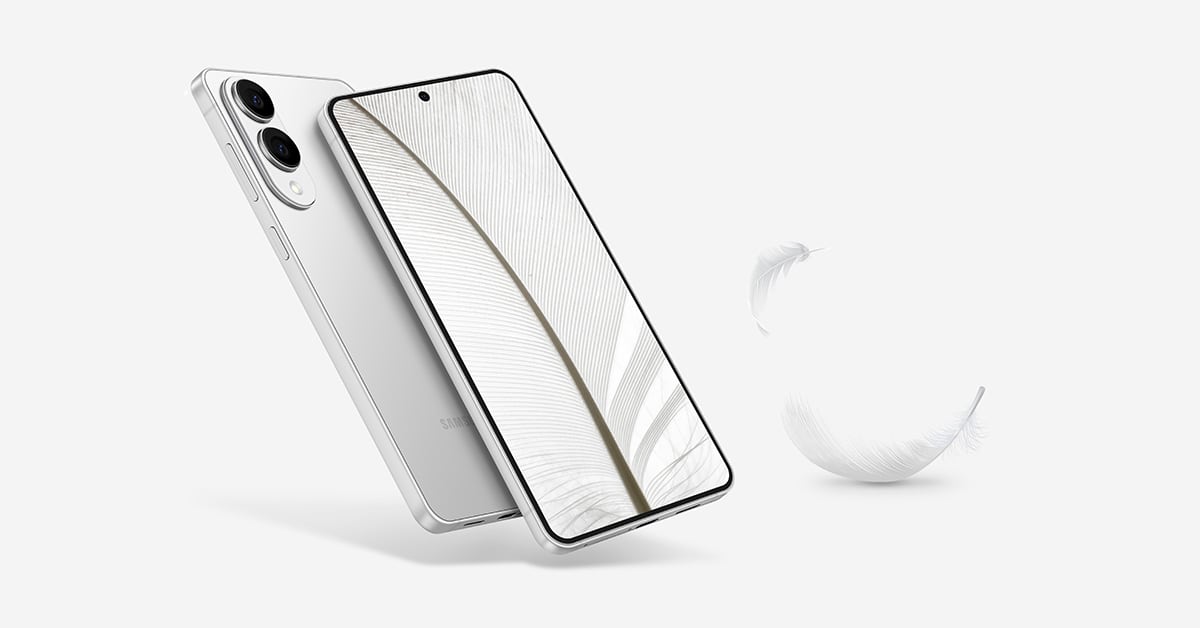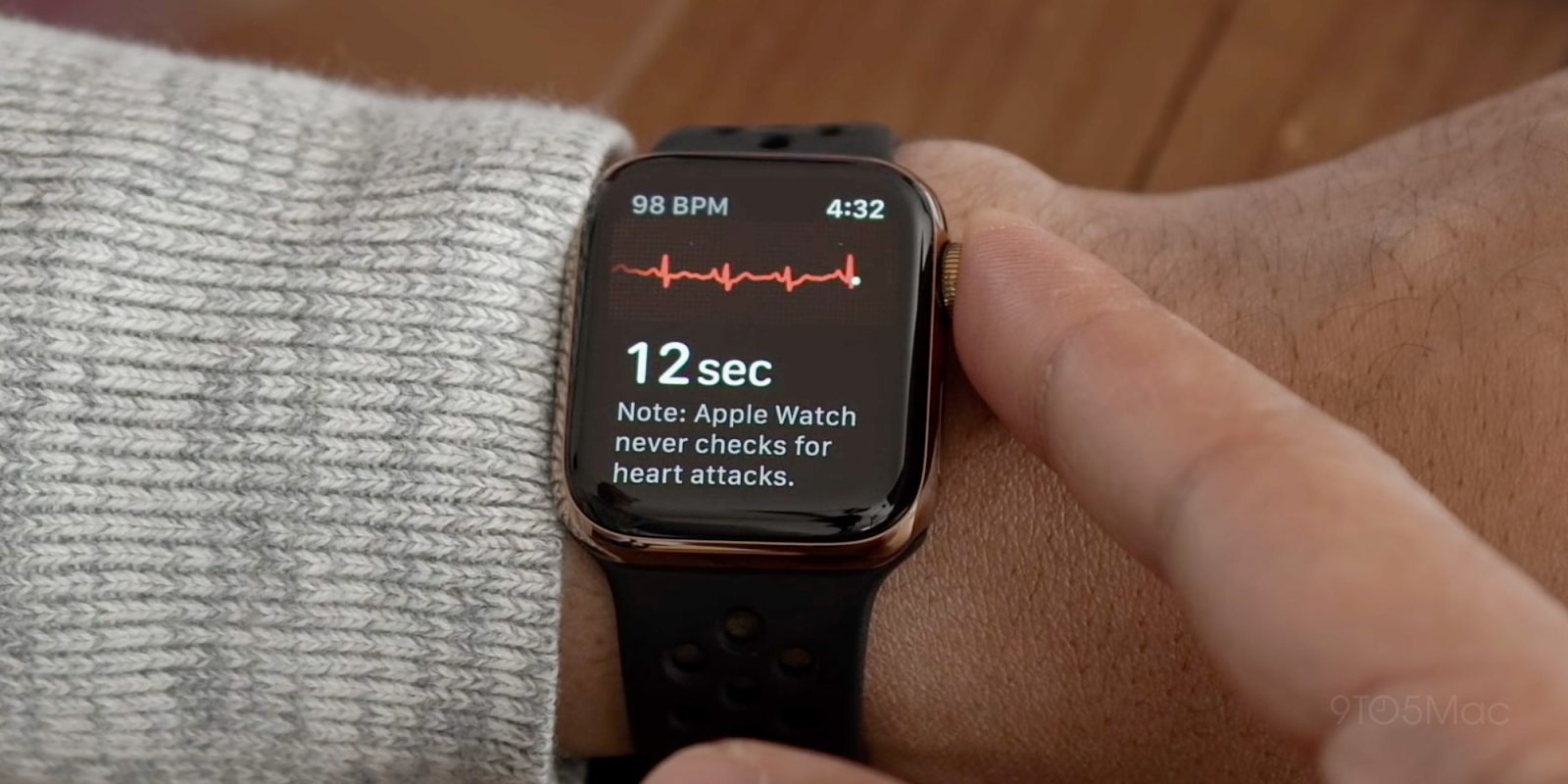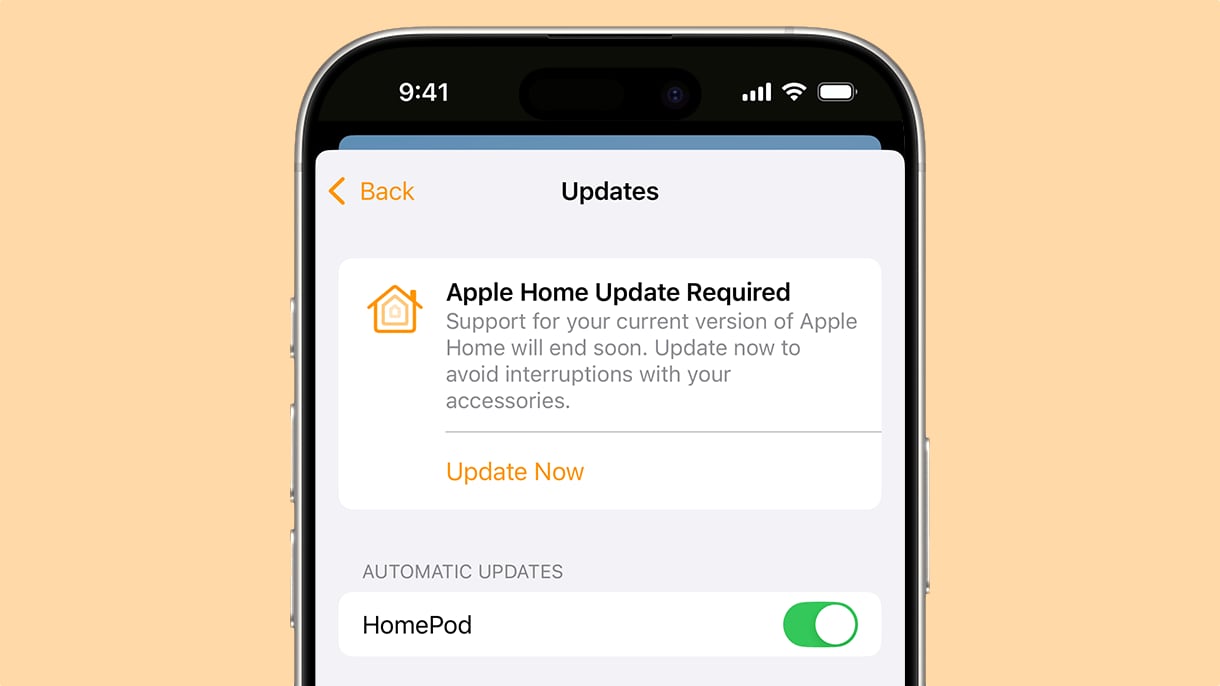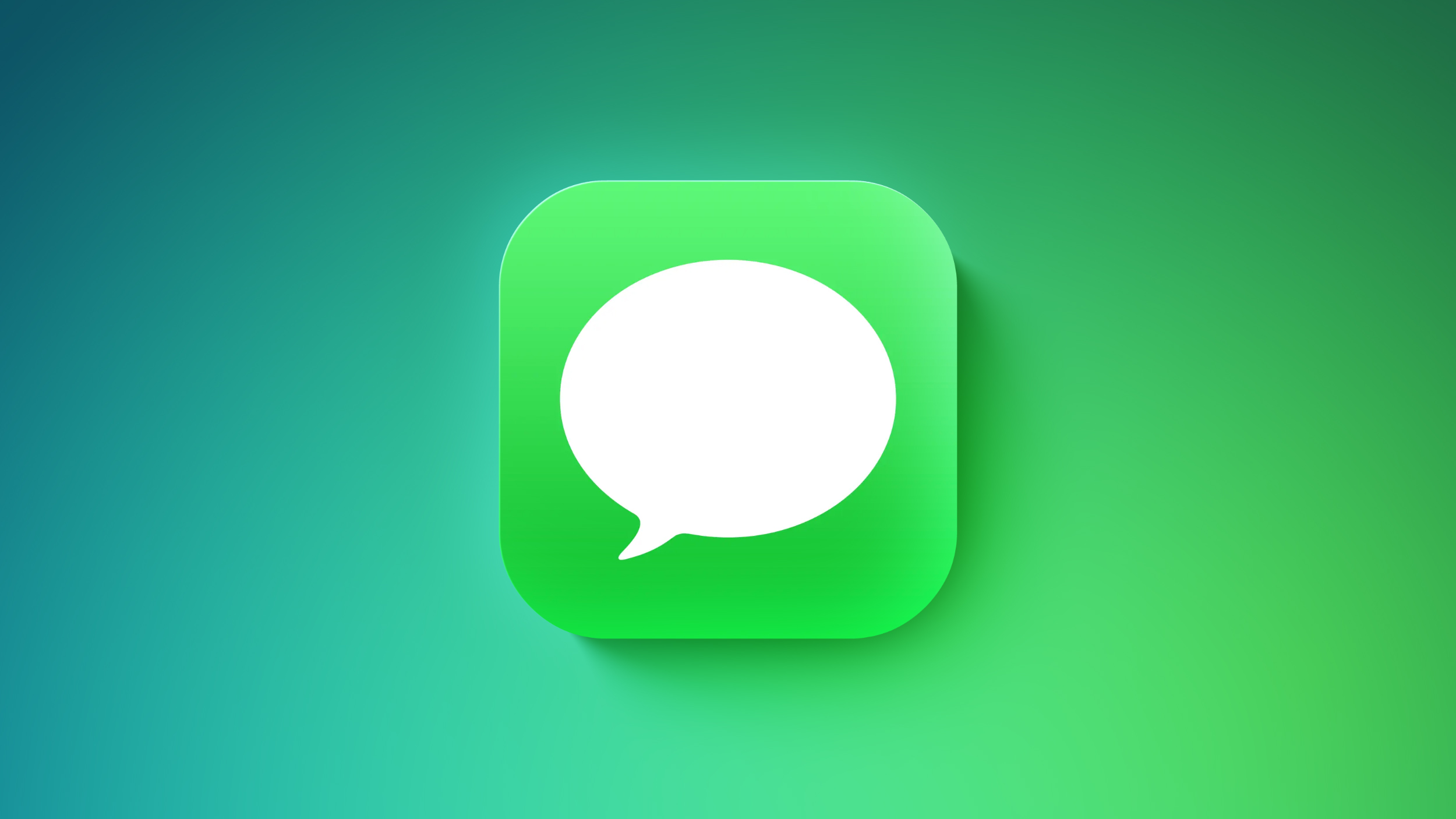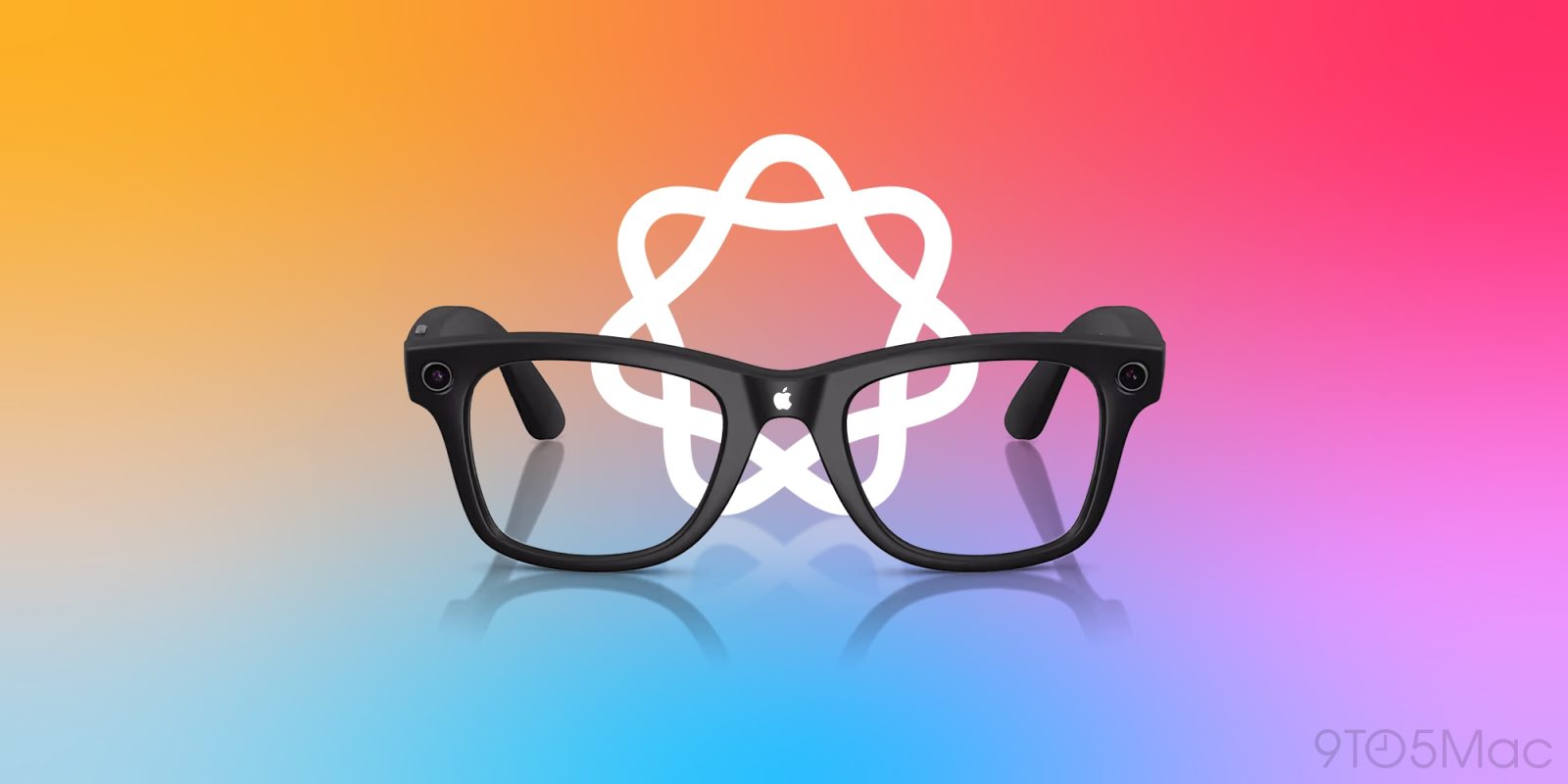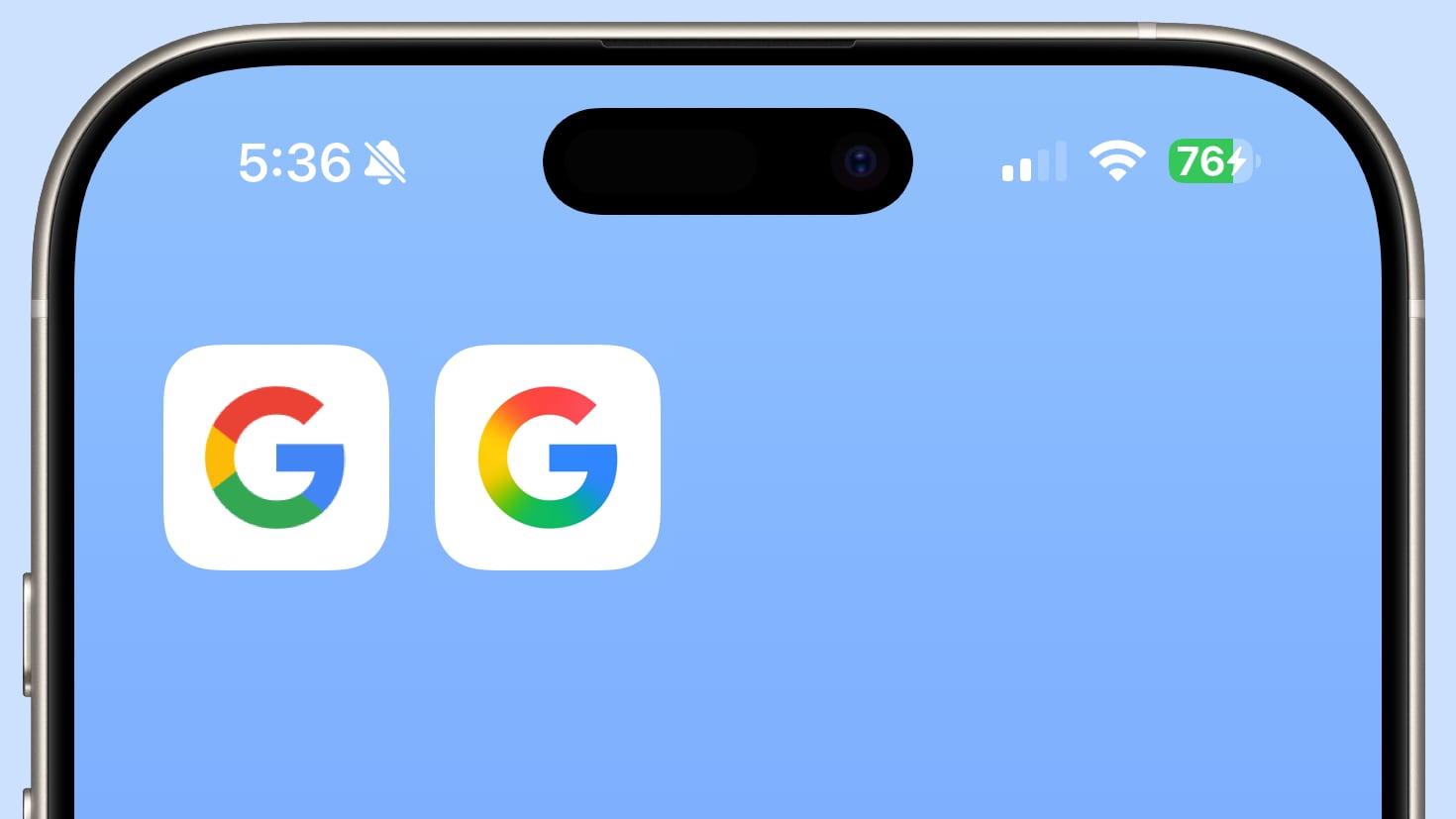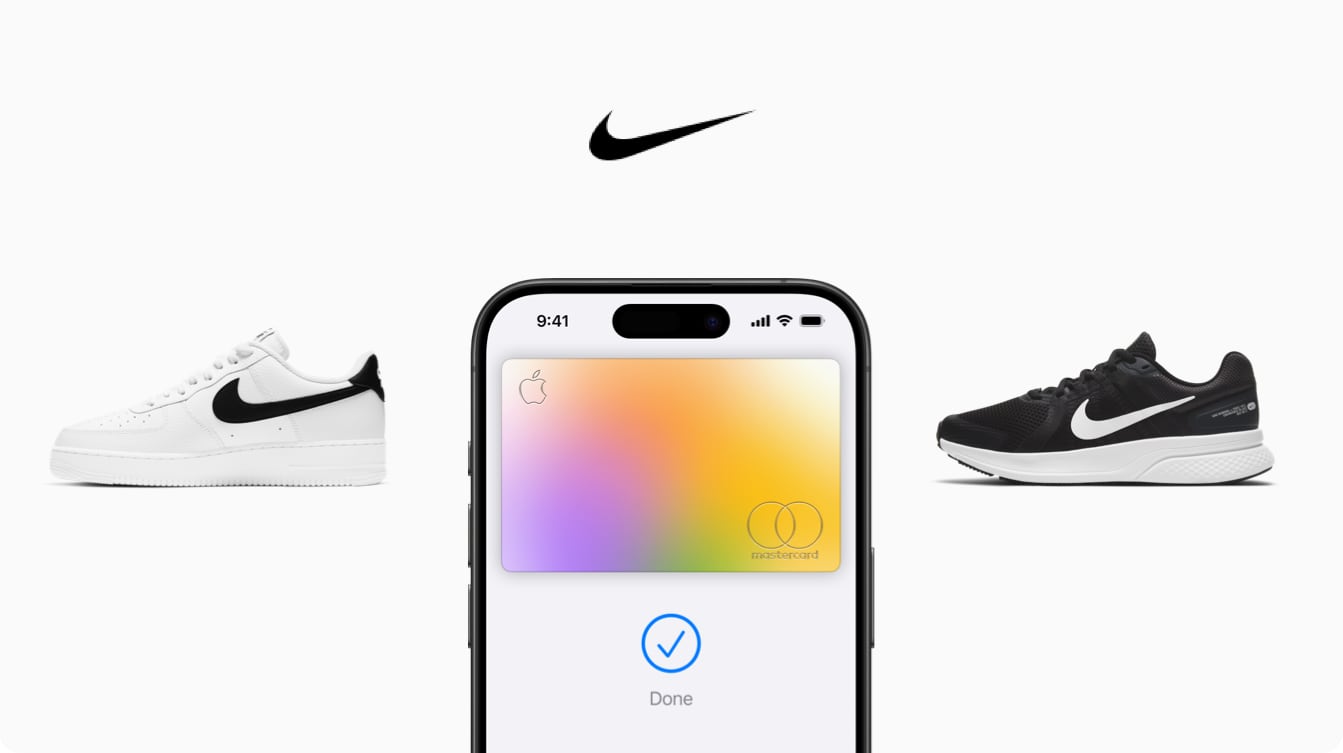PayPal Brings Contactless Payments to German iPhones Under New EU Rules

PayPal can be used for NFC tap to pay functionality just like Apple Pay, with payments initiated in the same way. PayPal users in Germany are able to set PayPal as the default payment app over Apple Pay, using the side button to bring up PayPal as a payment option for one-tap contactless payments in retail locations.
If PayPal is not set as the default payment method, contactless payments can be made by opening up the PayPal app.
PayPal is able to offer direct tap to pay options in Germany because the Digital Markets Act in Europe forced Apple to allow third-party apps to use the iPhone's NFC chip. Apple has historically restricted access to NFC for payment purposes, only allowing contactless payments with Apple Pay.
With the new regulations, third-party apps from payment services and banks can access the full functionality of the NFC chip, giving iPhone users an alternative to Apple Pay and the Wallet app.
Germany is PayPal's first test market, but the rollout is likely to expand to other European countries in the coming months. To use PayPal for contactless payments, German iPhone users will need the latest version of the PayPal app and a compatible debit or credit card. PayPal can be used in retail stores where Mastercard payments are accepted.
PayPal's tap to pay options are limited to the iPhone, and the feature does not work on the Apple Watch because Apple has not been required to open up NFC on the Apple Watch. PayPal won't be able to bring the contactless payment option to the United States or other countries unless those locations adopt similar rules requiring Apple to expand NFC access.
To attract customers to use PayPal instead of Apple Pay, PayPal is offering cashback promotions in the PayPal app, and will eventually add a pay over time feature with options for six, 12, and 24 monthly installments for purchases.
NFC access is available for banking and wallet apps in the European Economic Area, which includes the 27 European Union countries plus Iceland, Liechtenstein, and Norway.
This article, "PayPal Brings Contactless Payments to German iPhones Under New EU Rules" first appeared on MacRumors.com
Discuss this article in our forums
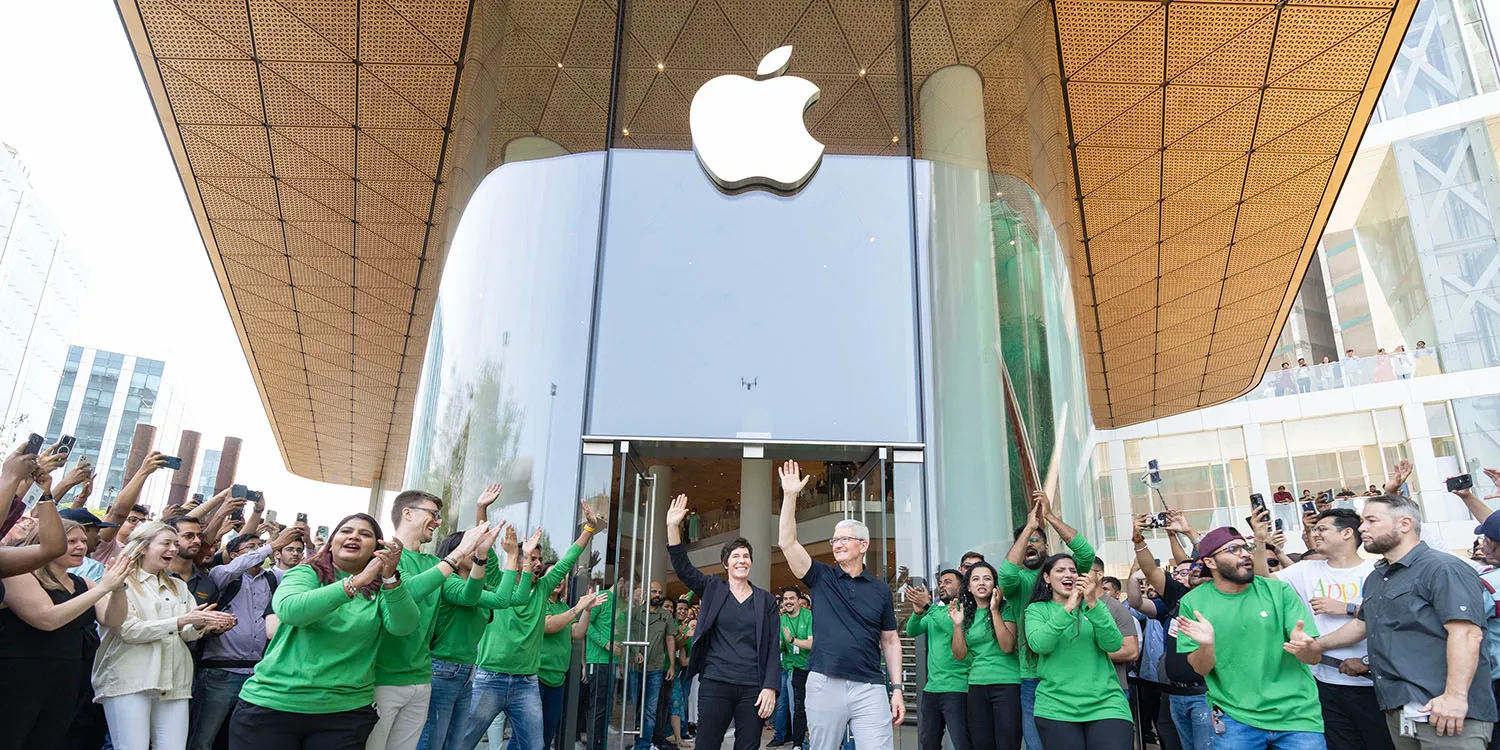



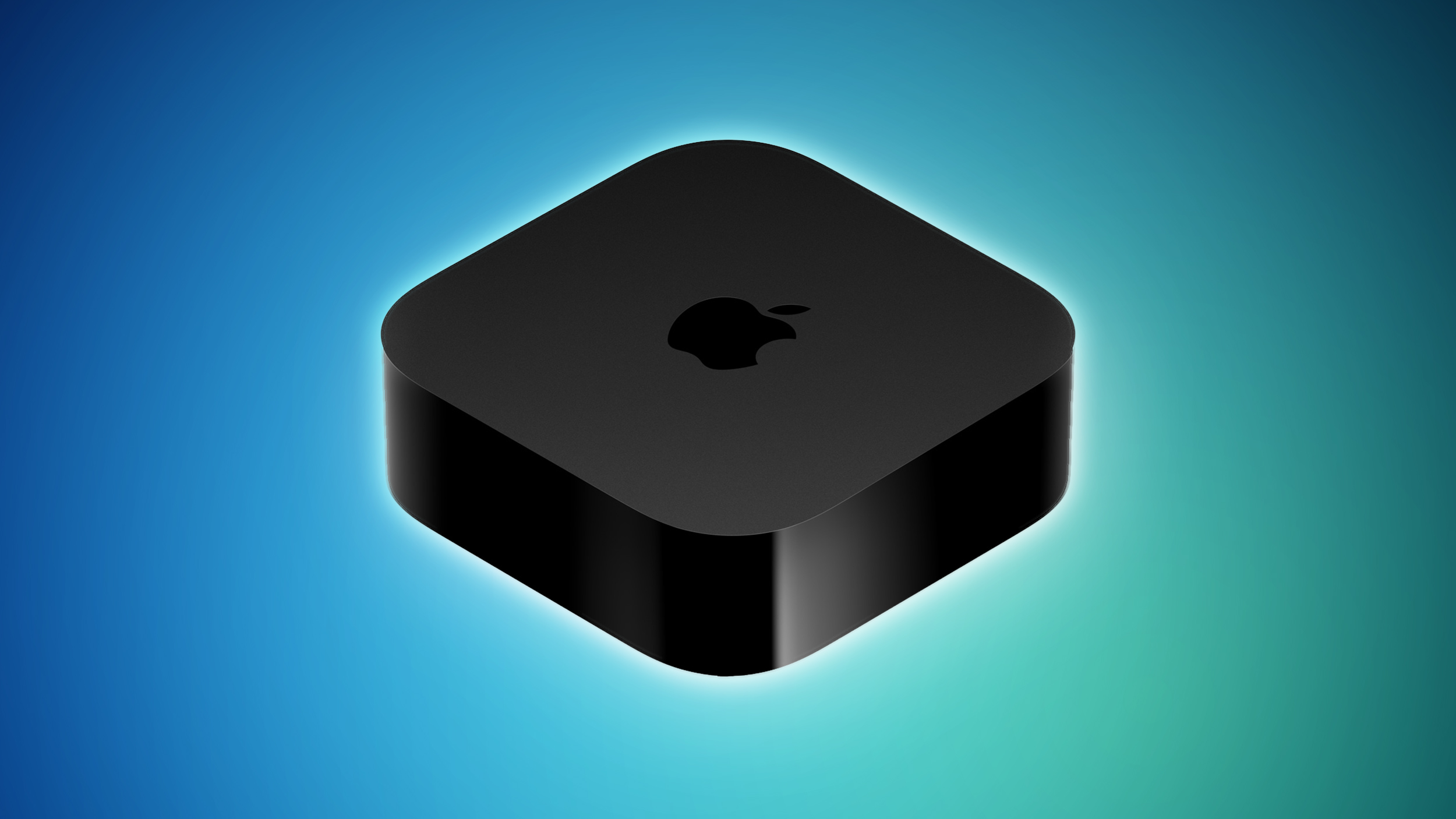
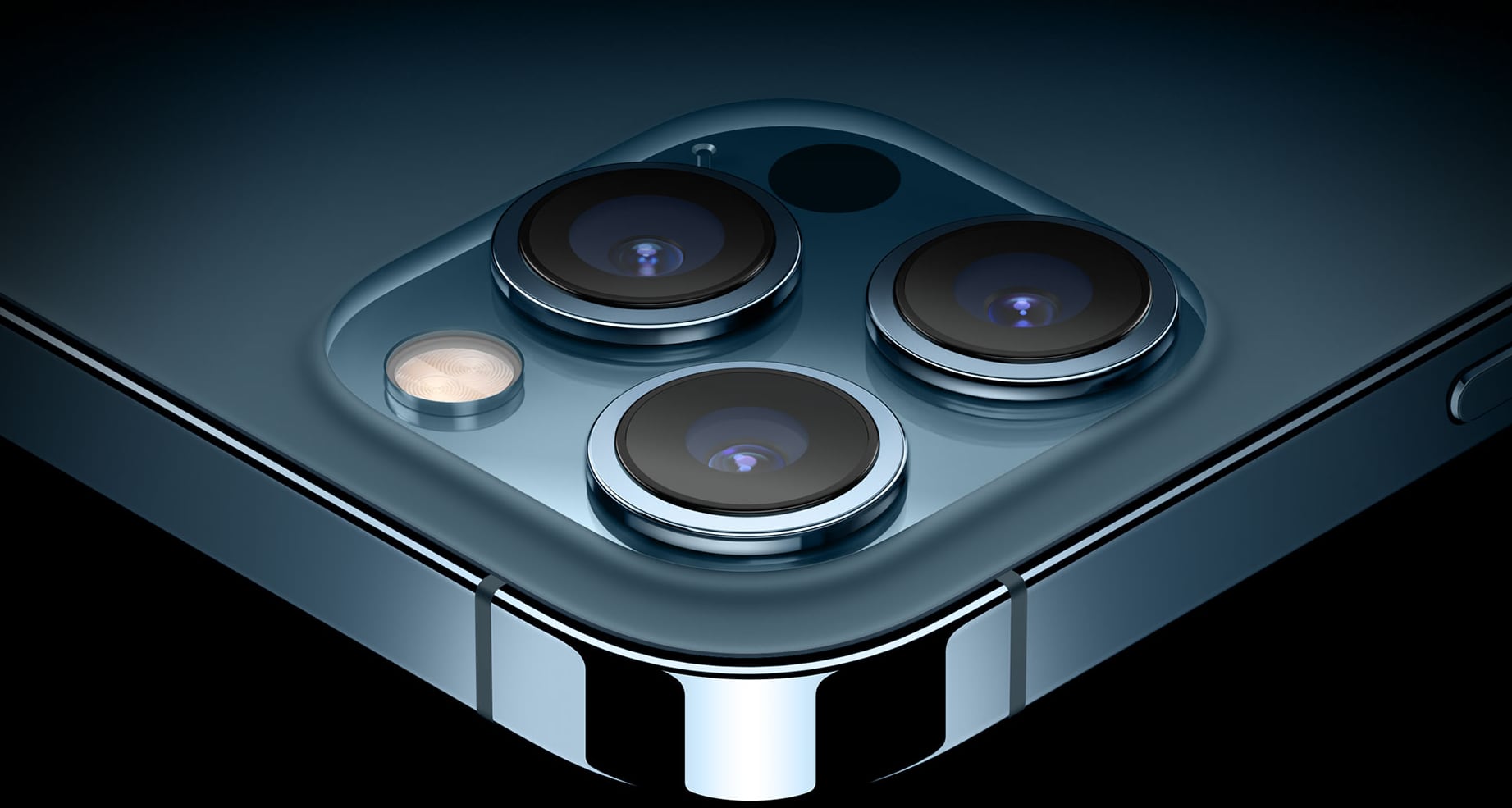

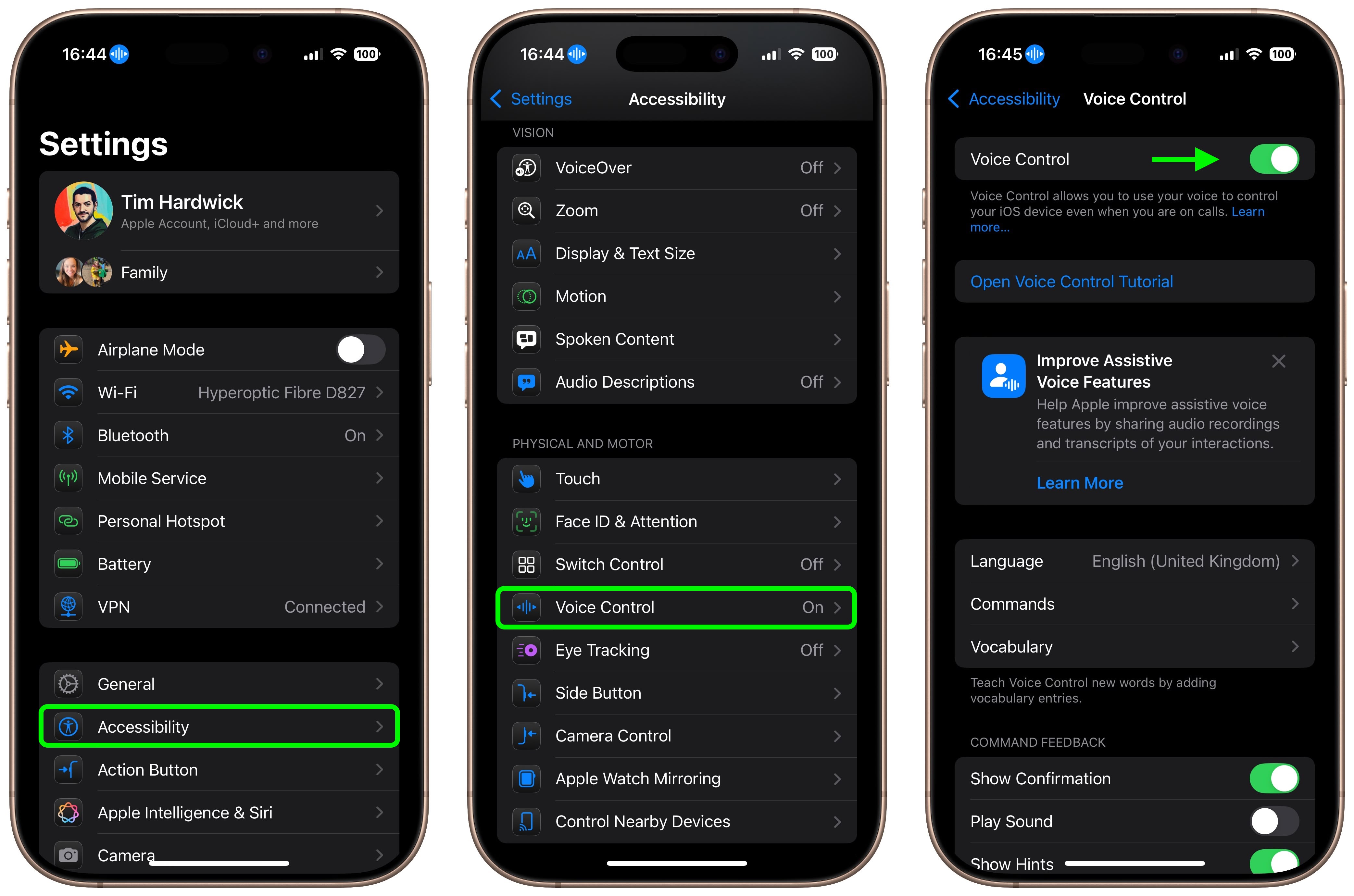




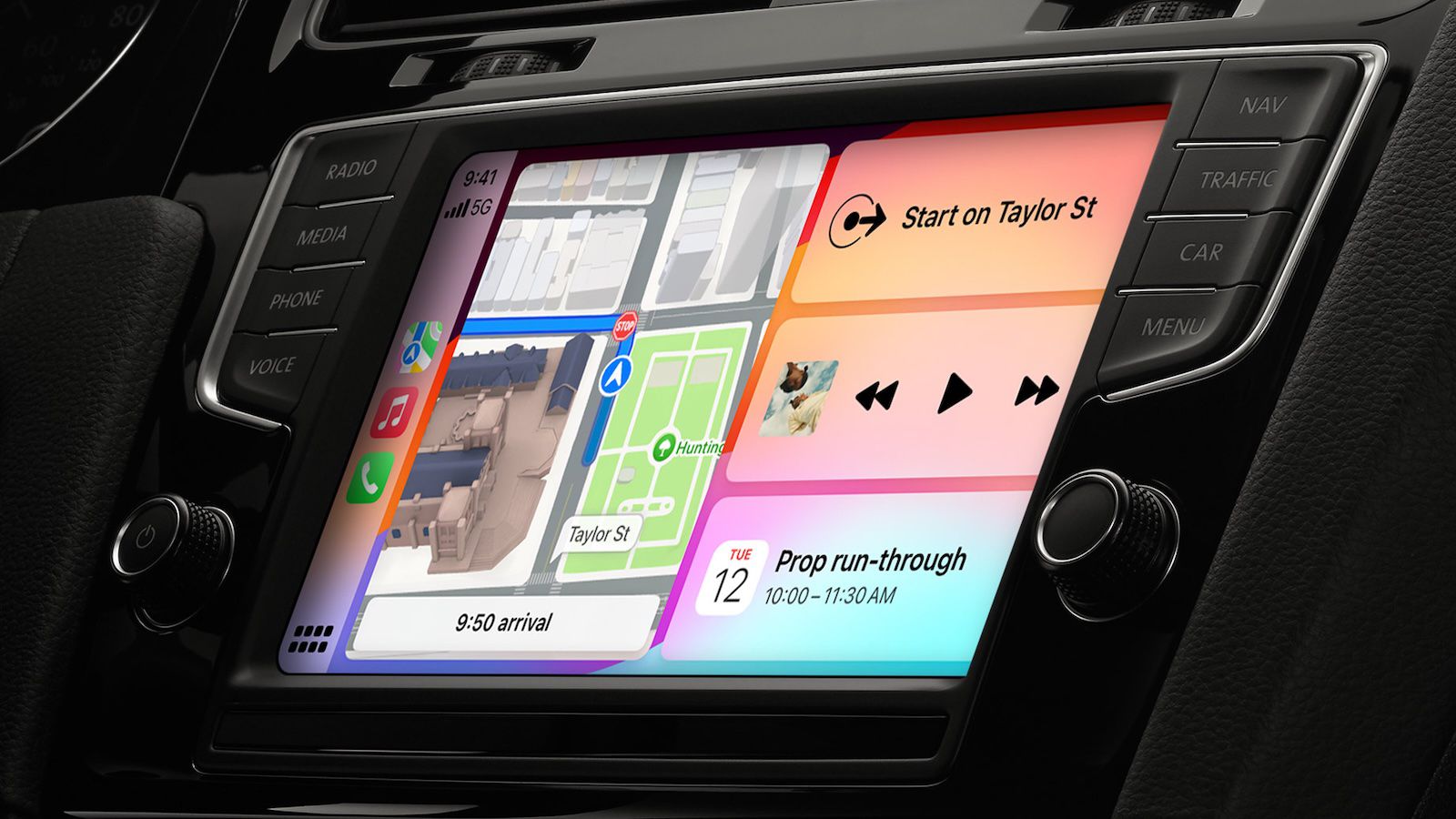
 Note: MacRumors is an affiliate partner with some of these vendors. When you click a link and make a purchase, we may receive a small payment, which helps us keep the site running.
Note: MacRumors is an affiliate partner with some of these vendors. When you click a link and make a purchase, we may receive a small payment, which helps us keep the site running.

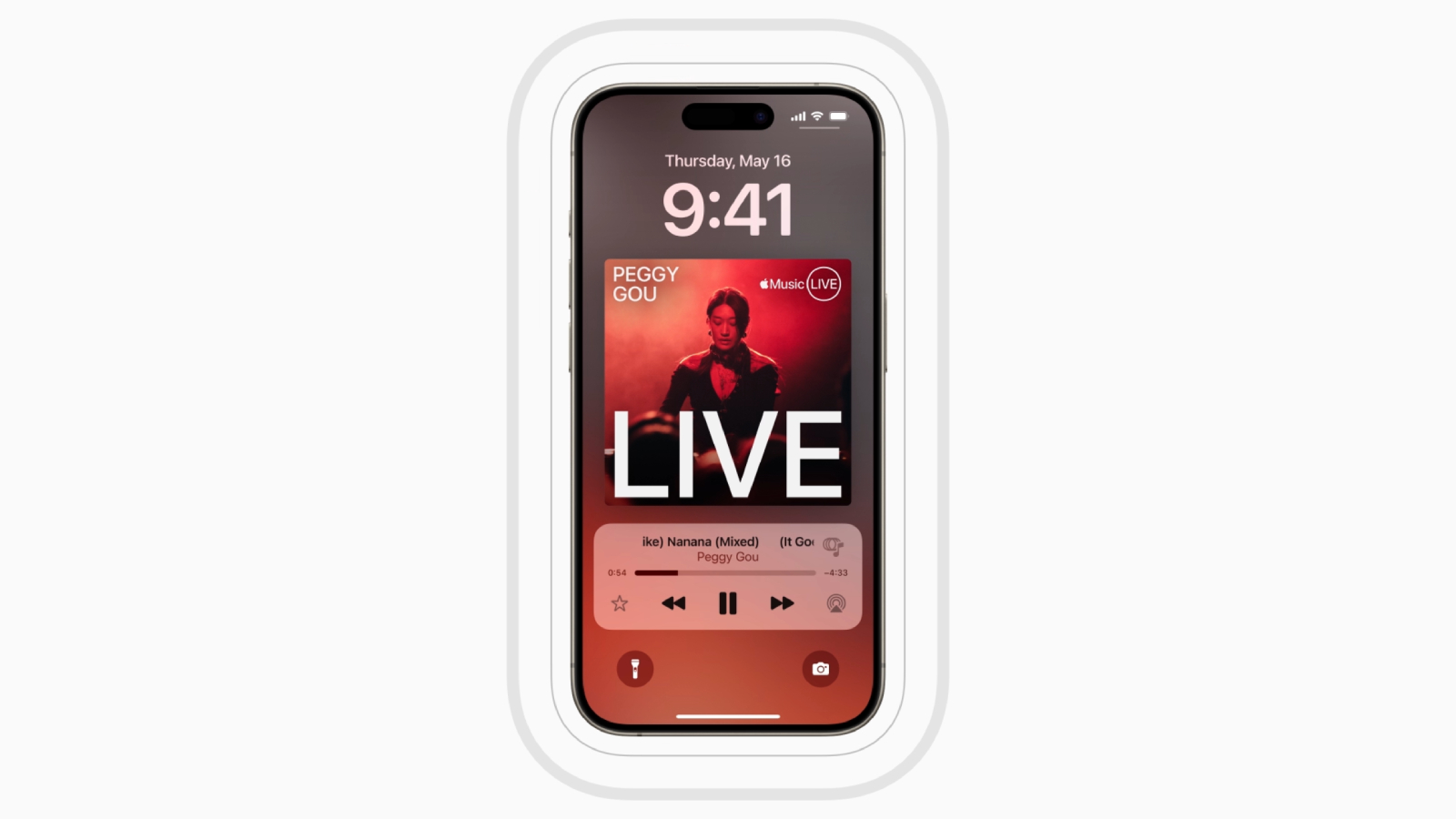

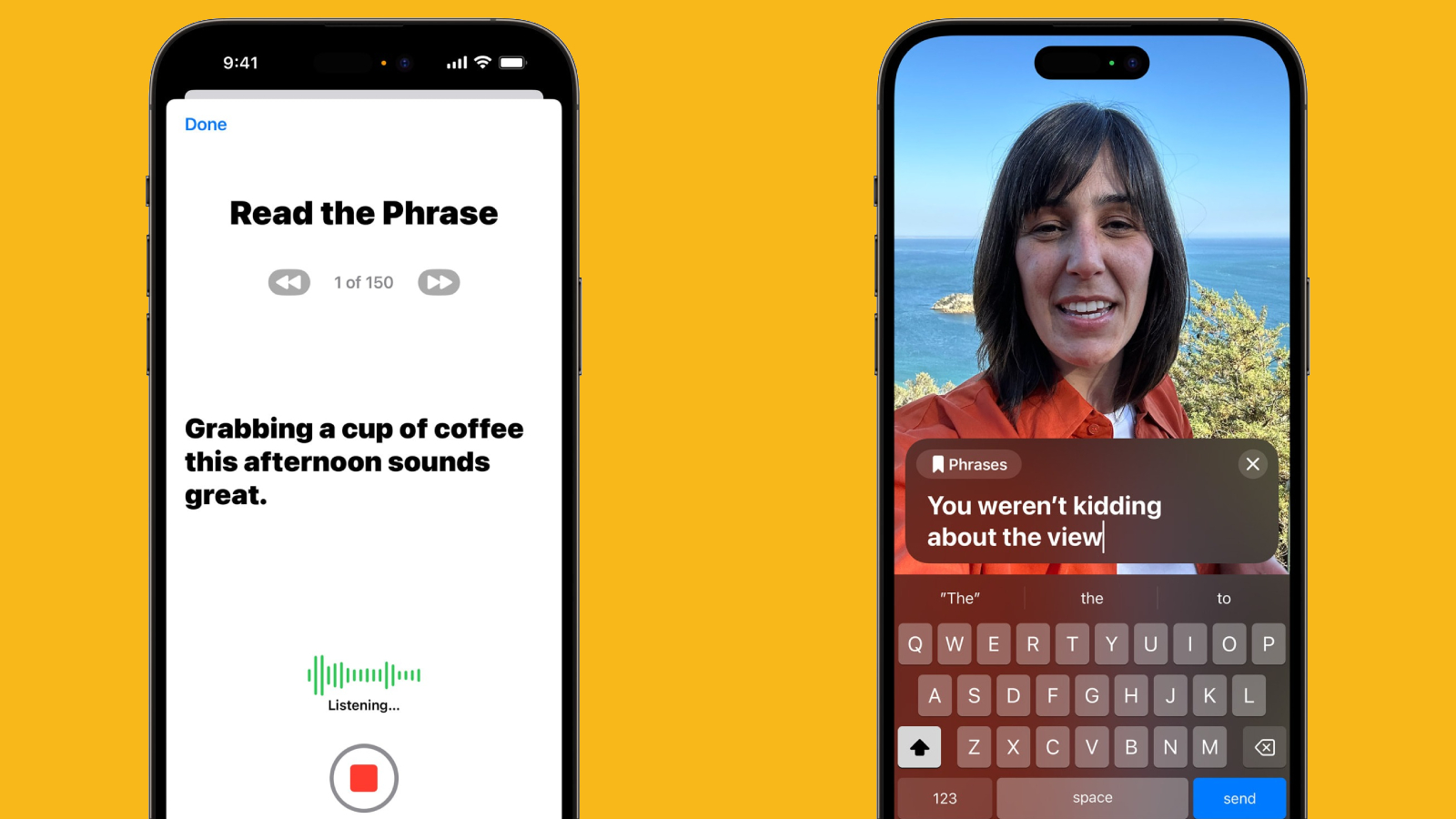


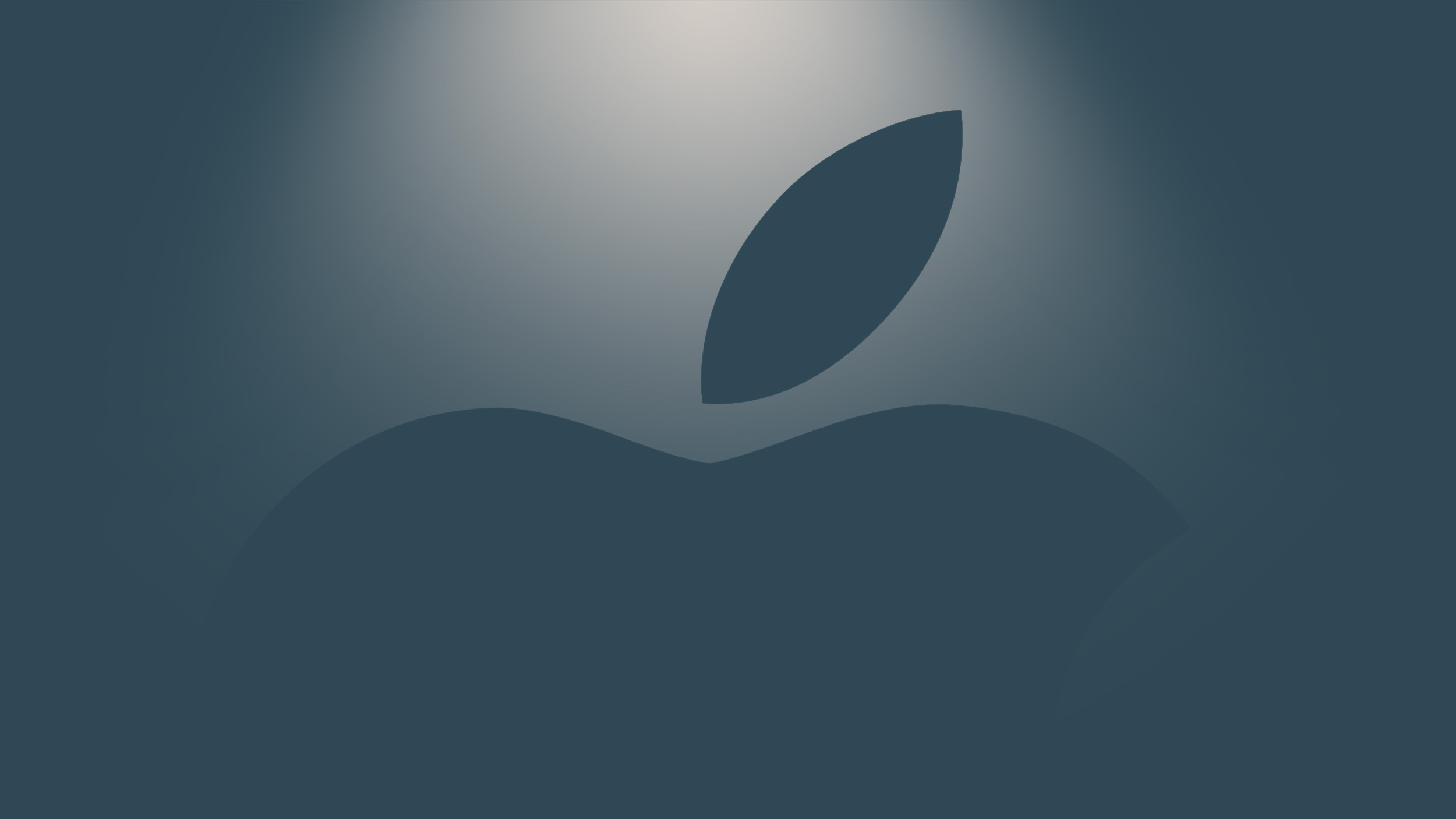

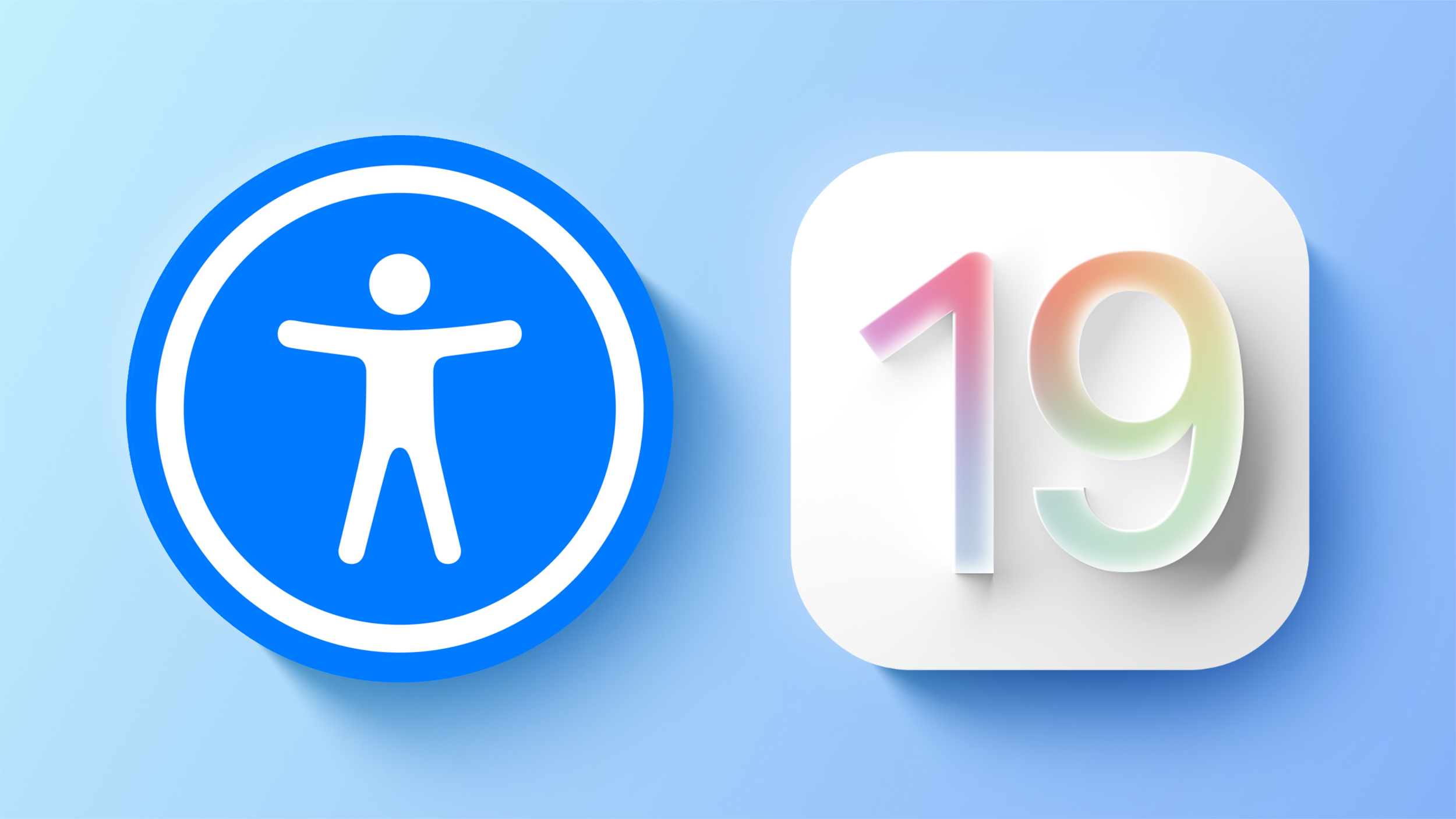
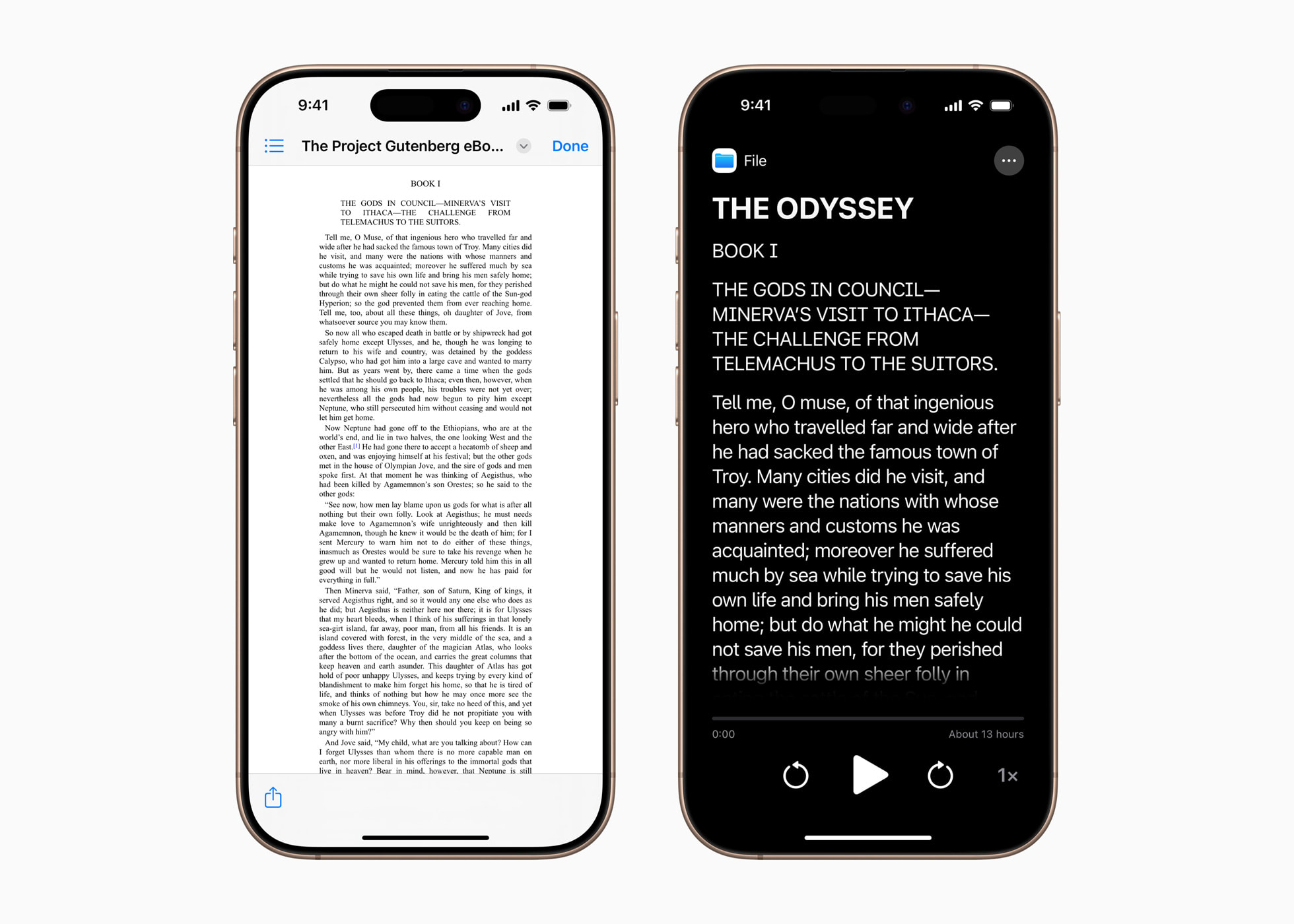 Accessibility Reader
Accessibility Reader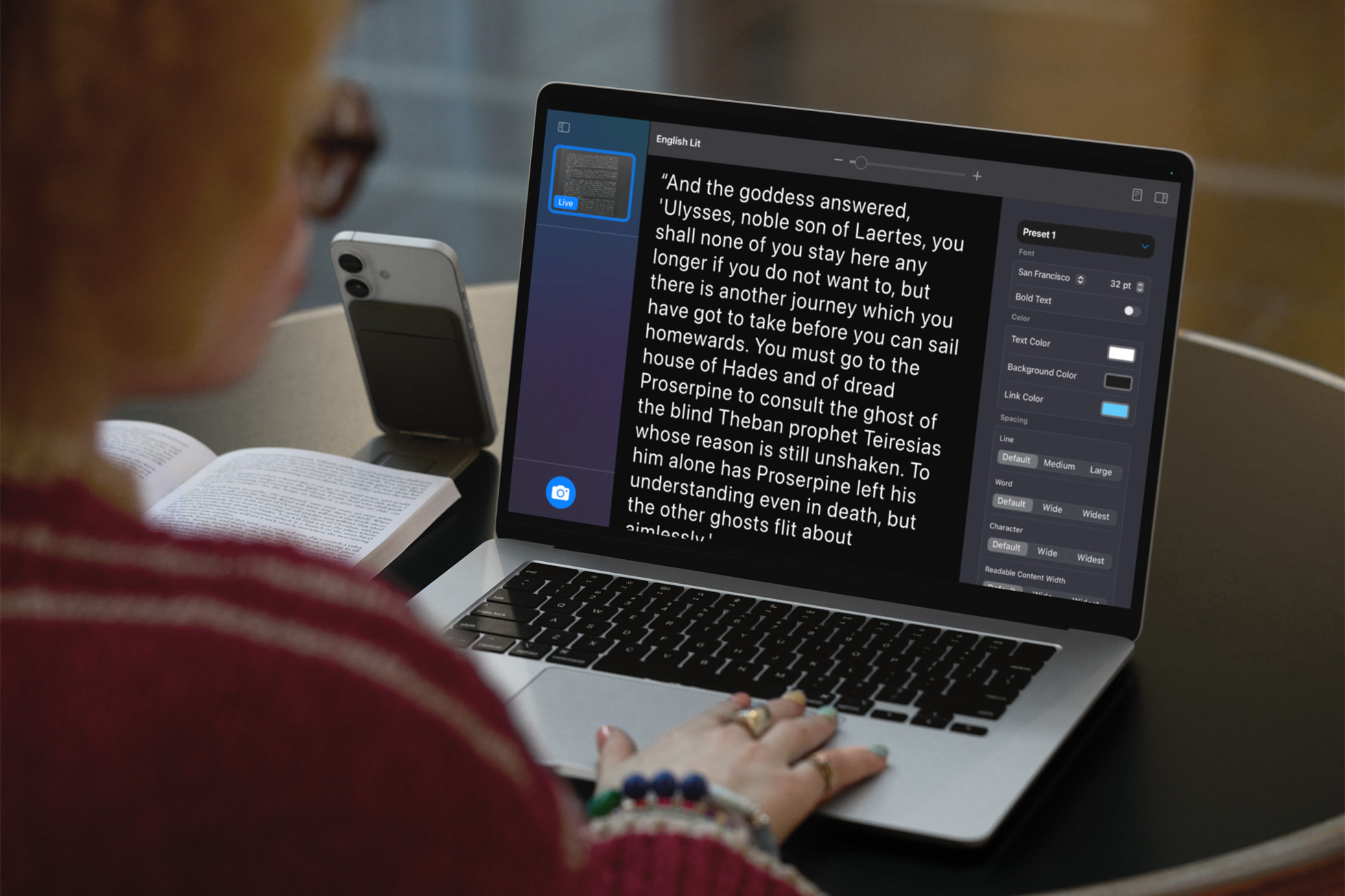 Magnifier on the Mac
Magnifier on the Mac





